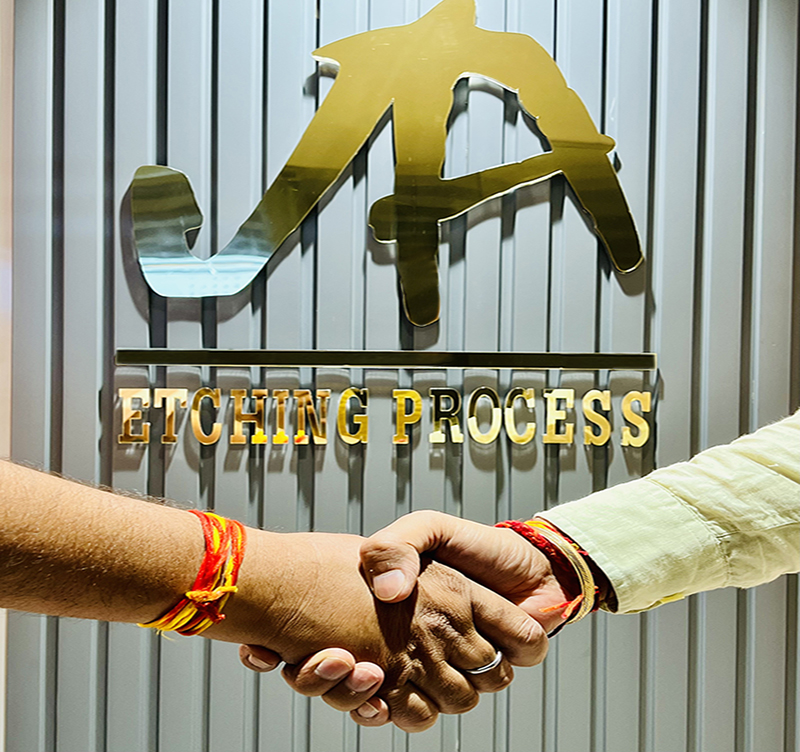Chemical Etching
Most enterprises, especially companies from the textile or fashion industry, invest in pattern design for surface etching. Surface pattern designing allows them to spruce up their services and lets textile and stationery organisations incorporate unique designs and patterns into their products. However, despite the rapid rise in pattern design and development, finding the right fit for your business can be challenging, as each designer differs in expertise and area of speciality. If you hit a brick wall while looking for a pattern or textile designer, this guide will help you find professional services compatible with your brand and vision.
Pattern Designing Services
Surface pattern designers create pattern designs for surface etching. Experienced pattern designers use various moulded, patterned, or textured parts and reproduce them on moulding surfaces through etching. Moulding, manufacturing, and fashion industries require surface pattern etching services to texture their moulds. Regardless of the metal you use or dabble in, professional services will use a detailed etching process to deliver your message and enhance your product.
Pattern design for surface etching is an integral part of manufacturing organisations, as it assists them in boosting their services. Various factors come into play when choosing professional services, as they help you make informed decisions.
Technical Information :
Chemical etching is a manufacturing method that is also being referred to as Photo etching and other terms. The technique stems from optical lithography. Chemical etching is a subtractive manufacturing process that removes metal mould in order to produce desired texture on moulds.
Chemical etching is highly suitable when you want to create complex, multi-layer, high-precision metal mould engravings.
Frequently Asked Questions?
A sheet metal machining technique called chemical etching is used to produce complex components with excellent accuracy. It involves printing the component design onto a photoresist mask, which is laminated into the metal in the first of nine processes. A material that hasn’t been printed is developed, revealing the metal, which is then removed by etching.
Chemical etching is a process that can be used on almost any metal or metal alloy. This includes aluminium, nickel, copper, steel, and stainless steel.
The fact that photochemical etching can be used on difficult-to-machine metals, especially highly corrosive-resistant metals like titanium and its alloys, is what makes it so effective.
Ferric chloride, a reusable etchant that is safe to use, is used to etch the majority of metals. It is possible to regenerate and reuse ferric chloride.
For specialty metals and alloys, other specialised etchants, such as nitric acid, are employed.
tchable sheet metals range in thickness from 0.010 mm to 1.5 mm. Metals thicker than 1.5 mm are expensive to treat because thicker sheets take longer to etch.
Chemical etching is very helpful and has several advantages. In contrast to stamping, which subjected sheet metals to severe pressure, this procedure did not involve mechanical force. Unlike laser cutting, it also doesn’t subject the cutting edge to thermal stress.
In addition, chemically etched parts maintain their original flatness, are free of burrs and stresses, and the material’s characteristics are unchanged.
While the material is being profiled, chemical etching can also produce very precise etched features like fluidic channels, logos, or component numbers. There is no additional charge for these features.


